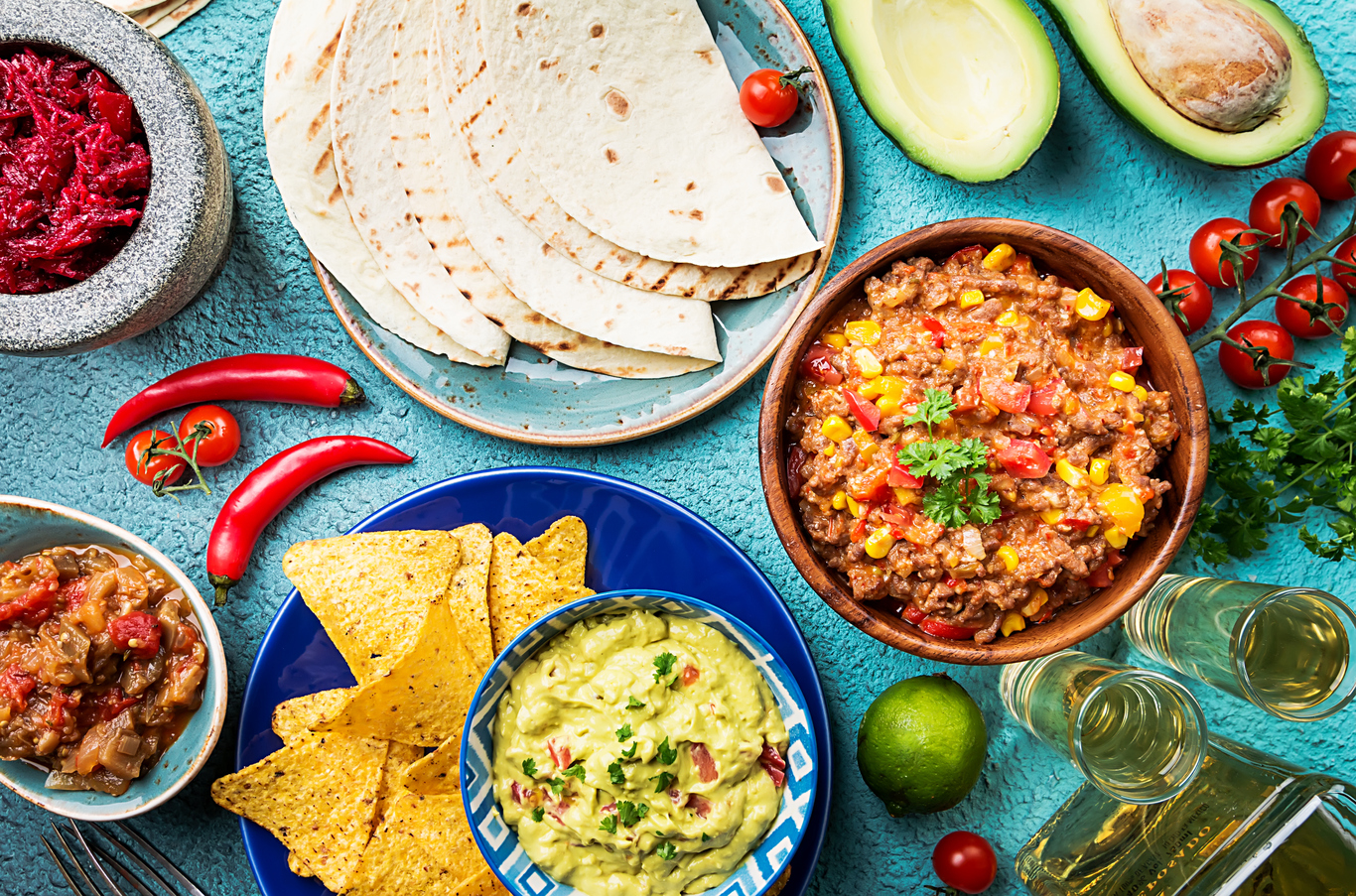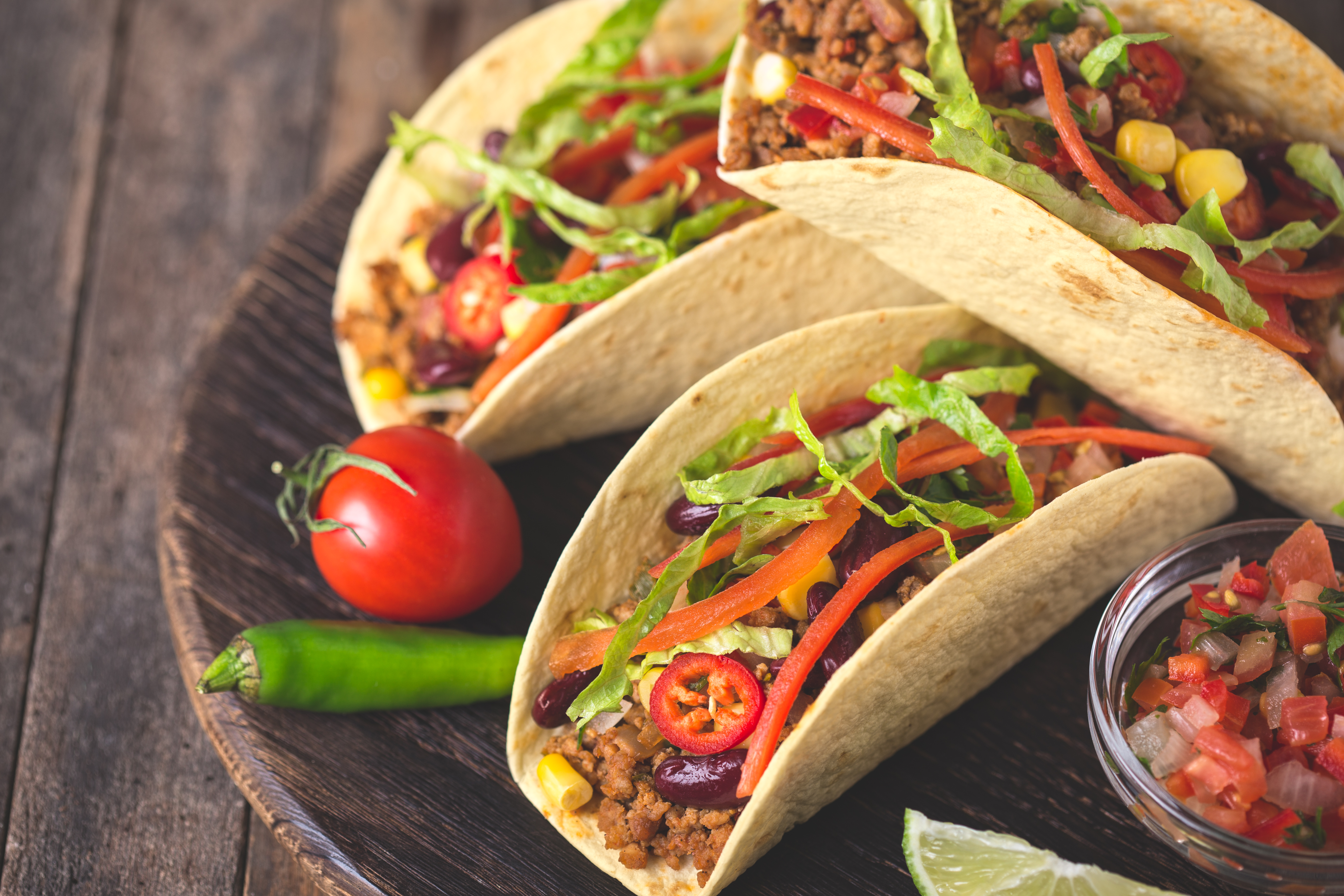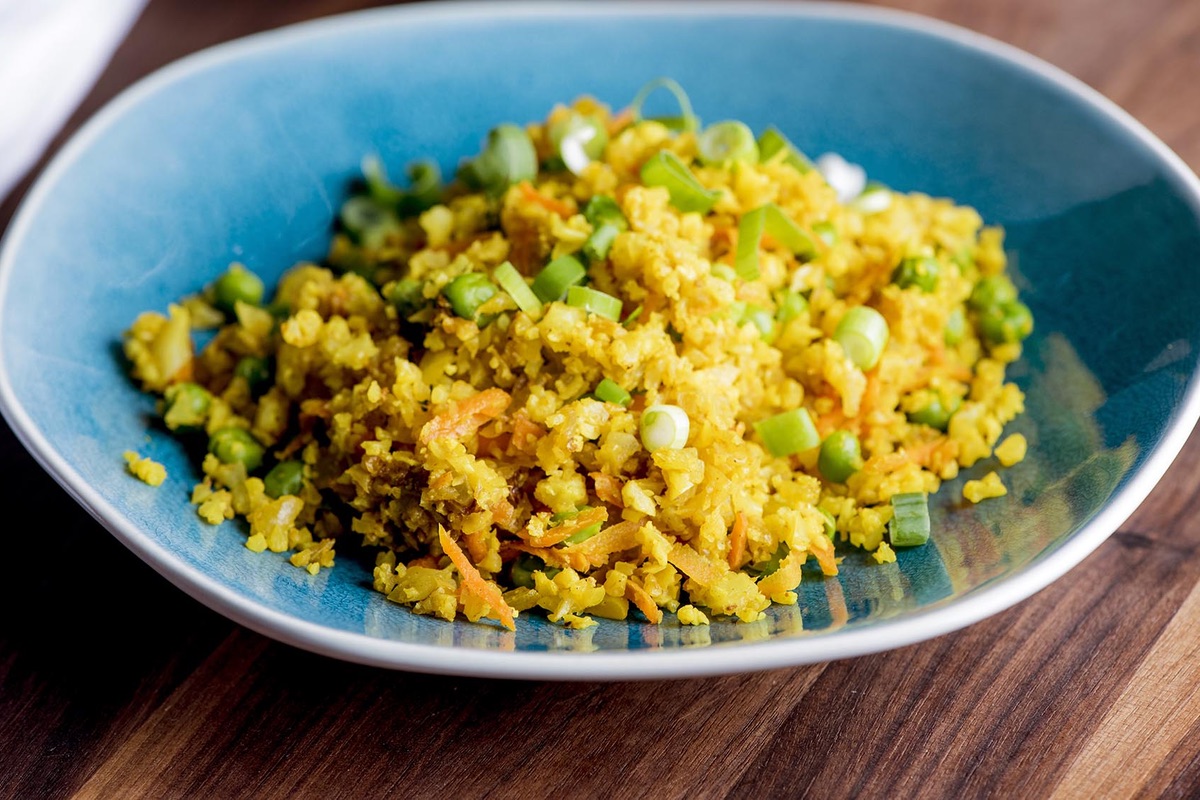Tacos date back to the days when Montezuma and the Aztecs ruled Mexico. Cocoa beans were used as currency, and human sacrifice was often practiced throughout Mesoamerica. Ah, those were the days! Those were also the days when the people of the area used to roll up corn tortillas to scoop up their food. The wives of the farmers and field pickers would take their husbands meals at midday. For practical reasons, they would wrap the food in tortillas, and tacos were born.
As cities grew and the Spanish invaded, people migrated to find work. Mexico City was the largest city in the world – and is still one of the largest – and attracted people from all over the country. With this massive migration came foods from the different regions. Stands started popping up left and right, offering speciality tacos from every part of Mexico. Street carts eventually came about, making it easier for people to enjoy muy rico tacos at affordable prices.
Authentic Mexican Tacos
You might think you have tasted authentic tacos, but, in reality, you probably ate something Tex-Mex or made from – gasp! – a taco package. Depending on where you live, authentic Mexican tacos can be hard to find in the U.S. There are several chilies that are simply not grown north of the border. We have had to adapt in the U.S. and make our own versions of this tasty Mexican dish.
- Authentic Mexican tacos involve corn tortillas, not flour
- American tacos usually involve hard taco shells, while authentic Mexican taco shells are soft
- Authentic Mexican tacos are not topped with cheese like most American versions. Instead, they are topped with fresh cilantro and finely diced white onion
- American tacos are topped with lettuce, tomato, and shredded cheese
- Authentic Mexican tacos are not typically spicy, but if you add homemade salsa, you can make them as spicy as you want
- American tacos are usually mild and include store-bought or jarred salsa
- Authentic Mexican tacos are made of stewed, fried, or grilled meat. The grilled meat is marinated overnight with cumin, oregano, paprika, lime, onions, and chilies. The cooked meat is lightly seasoned with nothing but salt and pepper
- American tacos usually involve baked chicken or baked pork. Occasionally, they will include oven-broiled steak mixed with a store-bought taco seasoning package.
Types of Tacos
On many street corners in Mexico, you will see someone chopping up meat. The alluring smells of the charcoal will call you in. Soon you will find yourself salivating, along with all the other people in the general vicinity. Tacos vary throughout the Mexican republic. You might think you will get the same taco at every taco stand, but really, they are all quite different. Here are the most popular types of tacos to help you the next time you find yourself ordering “uno mas, por favor.”
- Asador – These are tacos are made of meat cooked on a griddle, like carne asada
- Cazo – Tacos stuffed with fillings made in a traditional Mexican copper pot. It is deep and good for making carnitas, or fried pork
- Cazuela – Tacos containing stewed meat made in traditional Mexican clay cookware called a cazuela
- Fish tacos – Come from Baja California and made from whatever fresh fish was pulled out from the Pacific Ocean or Sea of Cortez. Can be fried or grilled fish
- Shrimp tacos – Tortillas filled with cooked shrimp and topped with cabbage and a squeeze of lime
- Al pastor or adobada – Meat cooked on a vertical rotisserie. This was adopted after Lebanese immigrants moved to Mexico and is an adaptation of shawarma
- Tacos al carbon – Tacos made from meat cooked over charcoal, creating a smoky flavor
- Bug tacos – Bugs offer a great source of protein. Some of the most well-known bug tacos are made from gusanos (maguey worms), jumiles (stink bugs), chicatanas (giant winged ants), escamoles (ant larvae), ahuatle (water-fly eggs), chapulines (grasshoppers), and escarabajos (beetles)
- Vegetarian – These types of tacos are usually made of pinto beans, garbanzo beans, rice, and/or roasted chili slices
- Breakfast – Made with scrambled eggs, chorizo, or potato
Salsa
You might know chips and salsa as a snack you enjoy while watching football with friends. Salsa, meaning “sauce” in Spanish, plays a bigger part in Mexican cuisine than just a dip. Not every salsa is spicy. They help enhance the flavors of the meat in tacos. That’s why no taco is complete without a little salsa on top.
- Salsa roja – Named “red sauce” for the deep red salsa color from the tomato base. It includes cooked chili peppers. Sometimes smoky and hot
- Avocado salsa – This type of salsa is made with an avocado base. It is not to be confused with guacamole. It’s thinner because of the liquid from the lime and white vinegar
- Pico de gallo – Named “peak of the rooster.” It is a mixture of tomato, onion, jalapeño, cilantro, and lime. This type of salsa is not cooked but raw
- Salsa negra – Named “black sauce” because of the color from the roasted dried chilies, oil, and garlic
- Salsa verde – Named “green sauce” because of the color from the tomatillos. Cooked tomatillos blended with herbs, garlic, and onion.
Tacos have come a long ways since their Aztec days. Many American chefs have put their own spin on this Mexican dish and made it their own. You might see duck confit tacos with a cherry reduction sauce as a menu item at fancy-shmancy restaurants. Have you tasted Korean BBQ tacos from a food truck? What about a chocolate taco shell with ice cream filling for dessert? Whether it is authentic Mexican tacos al pastor or tofu-stuffed tacos, they are all worth trying and all worth exploring. They will soon have you saying… ¡Que rico!
This article was written by Maggie Unzueta from Food & Wine and was legally licensed through the NewsCred publisher network. Please direct all licensing questions to legal@newscred.com.










